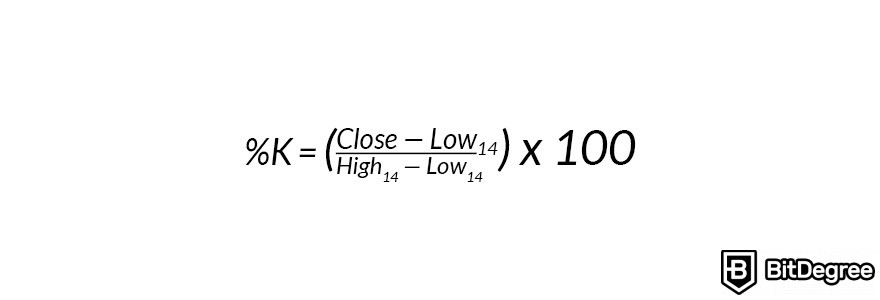What is Stochastic Oscillator?
Stop overpaying - start transferring money with Ogvio. Sign up, invite friends & grab Rewards now! 🎁
Let's find out Stochastic Oscillator meaning, definition in crypto, what is Stochastic Oscillator, and all other detailed facts.
The stochastic oscillator is a technical indicator that identifies the overbought and oversold levels of assets like stocks or cryptocurrencies. This momentum indicator helps determine what best time to enter or exit a trade according to the asset’s price history.
Lane’s stochastics, or stochastic oscillator, was created by technical analyst George Lane in the 1950s. The indicator was initially used to compare the current price of an asset to a specific price range in a predetermined time period.
The stochastic oscillator measures the momentum of the price. It shows the position of the stock’s closing price given its high and low range over a specific time period, typically 14 days. When displayed, the stochastic oscillator has two lines – the real value of the oscillator for each period and the simple moving average of three days.
If the two lines cross over, it indicates that the value is set to reverse. Such behavior shows that the daily momentum is experiencing significant movement.
Financial analysts use the stochastic indicator to get a sense of the current market sentiment. The values are recorded on a scale from 0 to 100. Graph readings nearing 0 indicate a bearish market, while those closer to 100 show a bullish sentiment.
20 and 80 are typically used as the main thresholds for graph analysis. Values below 20 typically reveal an oversold market, while values over 80 show that the market is overbought.
The stochastic oscillator experiences divergences if it cannot establish new prices as either low or high. If a price makes a lower low while the indicator records a higher low, a bullish divergence occurs. Bullish divergences show that the negative momentum has decreased. A bearish divergence occurs if the price makes a higher high than recorded on the oscillator.
Although traders and analysts may use their own settings to observe the stochastic oscillator, some of the typical recommendations are:
- %K Length: 14
- %K Smoothing: 3
- %D Smoothing: 3
The formula to calculate the stochastic oscillator is:

Here:
- %K = The current value of the indicator;
- Close = The latest closing price;
- Low14 = The lowest price in the past 14 periods;
- High14 = The highest price in the last 14 periods.
Low14 and High14 can be Lown and Highn, where n = the number of chosen periods.
The stochastic indicator is frequently used with other technical indicators, like the Aroon Indicator, Moving Average Convergence Divergence (MACD), on-balance volume (OBV), or the Relative Strength Index (RSI) to optimize the crypto market outlook.









